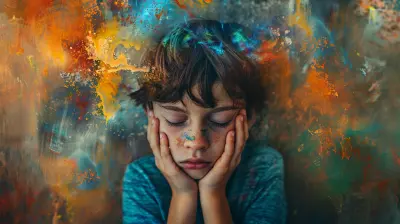Childhood Phobias: When Fear Becomes a Disorder
19 May 2025
Fear is a normal part of childhood. Every kiddo, at some point, has been scared of the dark, monsters under the bed, or that creepy clown at the birthday party. But what happens when those fears don’t go away? When they grow into something much bigger—something that interferes with daily life? That’s when fear crosses the line into a childhood phobia.
In this deep dive, we'll unpack the world of childhood phobias—what they are, why they happen, and how to help kids who are struggling with them. So, buckle up because we’re about to take a trip into the fascinating (and sometimes spooky) world of childhood fears! 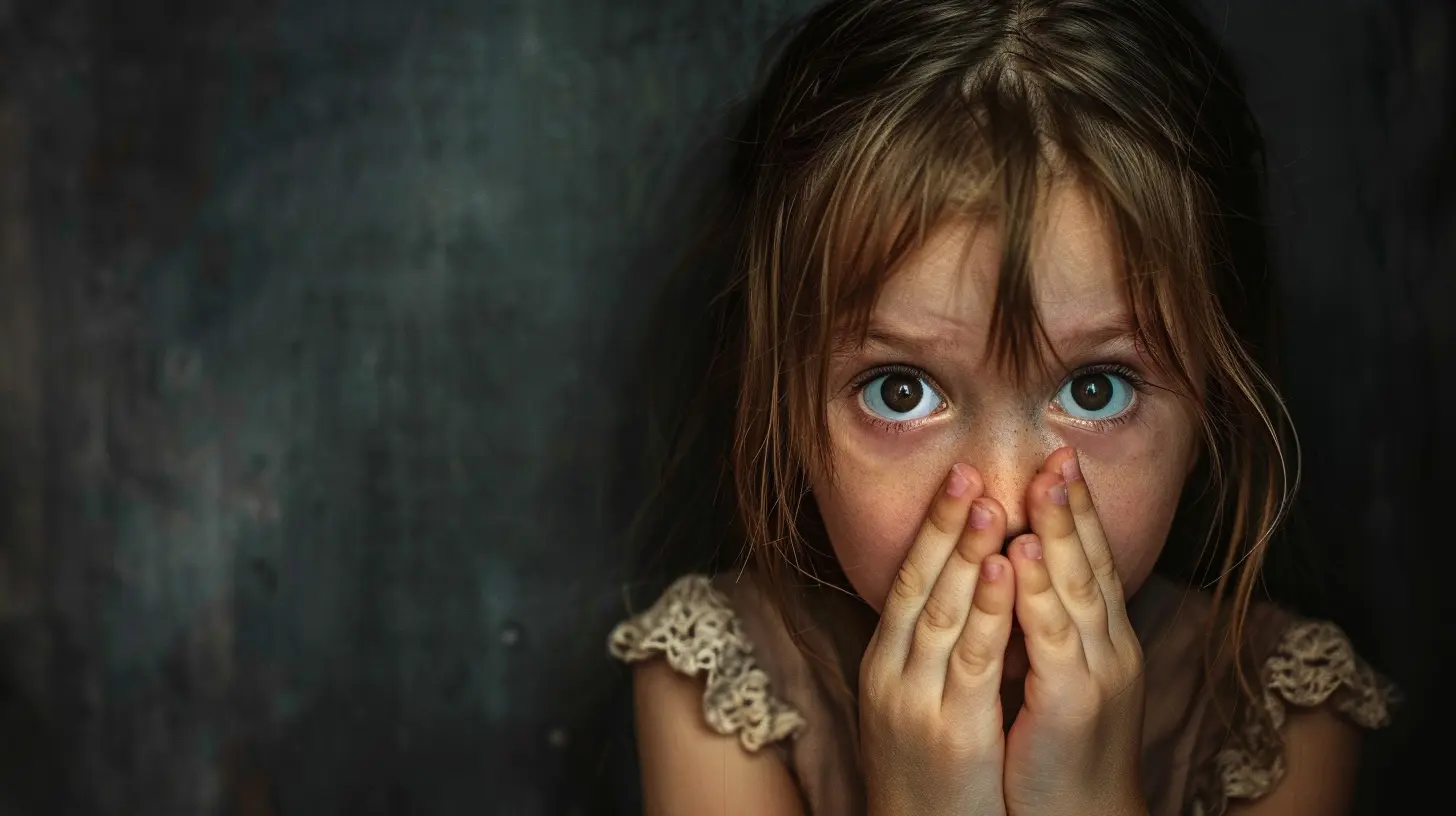
What Exactly Is a Childhood Phobia?
Okay, let’s get one thing straight—being afraid of something doesn’t automatically mean a child has a phobia. A phobia is more than just fear; it’s an intense, irrational, and persistent fear of a specific object, situation, or even an idea.For example, a kid who feels uneasy around spiders may have a simple fear. But if they refuse to enter a room just because they think there might be a spider, break into a sweat at the mention of the word, or scream in full-blown terror at the sight of a tiny one, that’s a phobia.
Phobias can interfere with everyday life, making normal situations feel like absolute nightmares. And unlike typical childhood fears (which kids usually grow out of), phobias can stick around and even worsen over time if left unchecked. 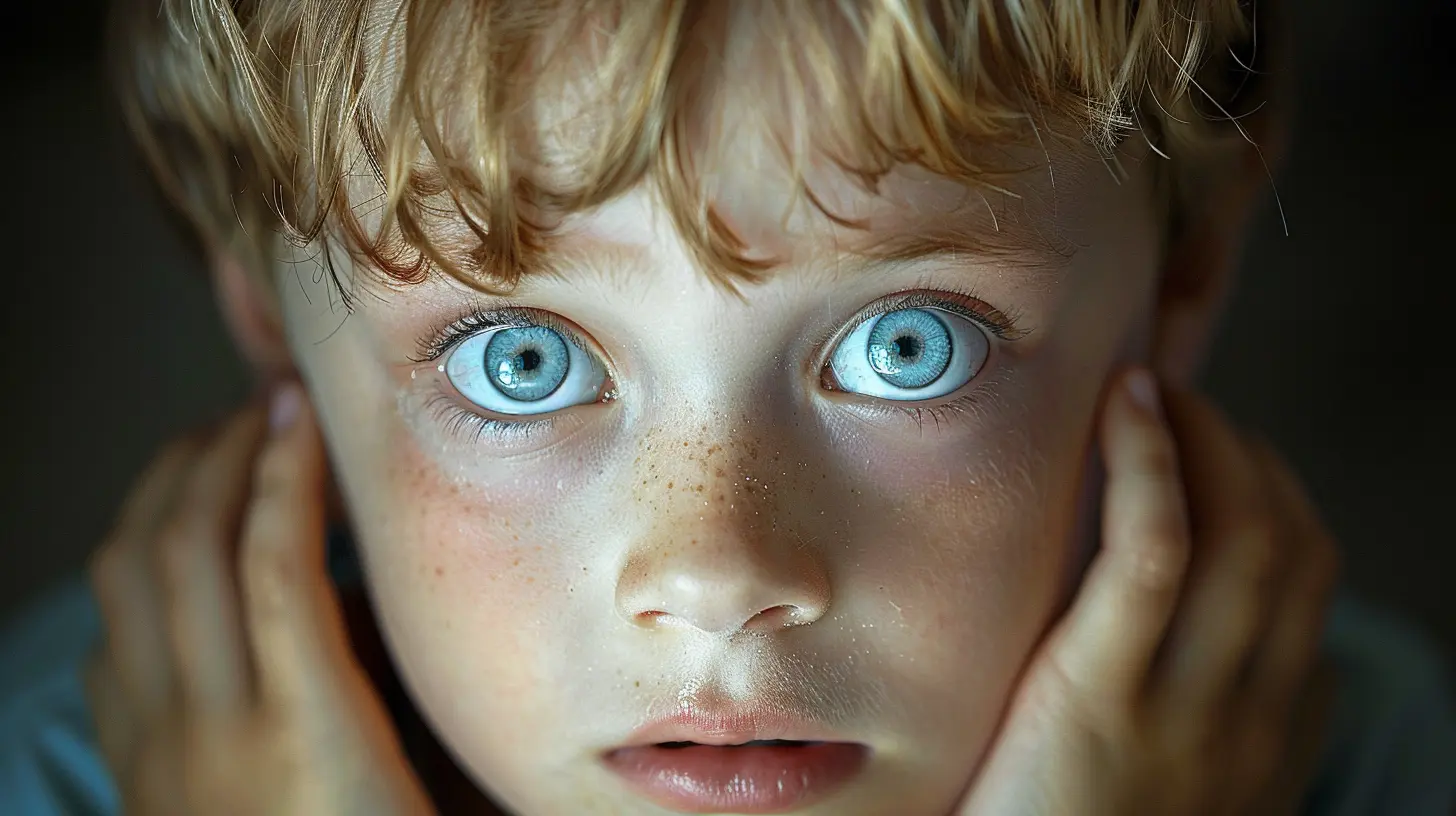
Common Childhood Phobias
Kids can develop phobias about almost anything, but some fears are more common than others. Here are some of the usual suspects:1. Fear of the Dark (Nyctophobia)
Ah yes, the classic fear of what lurks in the shadows. Many kids go through a phase of not wanting to sleep with the lights off. But for children with nyctophobia, the dark isn't just creepy—it’s terrifying. This fear can make bedtime a stressful ordeal, filled with crying, panic attacks, and desperate pleas for an all-night nightlight.2. Fear of Animals (Zoophobia)
Dogs, cats, insects, birds—some kids avoid animals like they’re terrifying monsters. While it’s normal to be cautious around unfamiliar animals (because, let’s be honest, some do bite), children with zoophobia may go out of their way to avoid parks, pet stores, or even places where they might see an animal.3. Fear of Heights (Acrophobia)
Climbing up a slide? No way. Standing on a balcony? Forget it. Kids with acrophobia experience a deep fear of heights that can make playgrounds, treehouses, and even escalators feel like death traps.4. Fear of Thunderstorms (Astraphobia)
Thunder and lightning can be unsettling, but kids with astraphobia react as if the sky is literally falling. They might cover their ears, hide under blankets, or refuse to leave the house if there’s even a chance of bad weather.5. Fear of Needles (Trypanophobia)
Going to the doctor can be nerve-wracking, but for some kids, the thought of a needle is enough to send them into full-blown panic mode. Trypanophobia can make vaccinations, blood tests, and even simple medical visits a nightmare for both the child and their parents.6. Fear of Strangers (Stranger Anxiety and Social Phobia)
Stranger danger is real, and a little caution is healthy. But when kids experience overwhelming fear in social settings—avoiding new people, refusing to speak, or showing extreme distress—it may be a sign of social phobia. It can make school, playdates, and family gatherings feel like torture.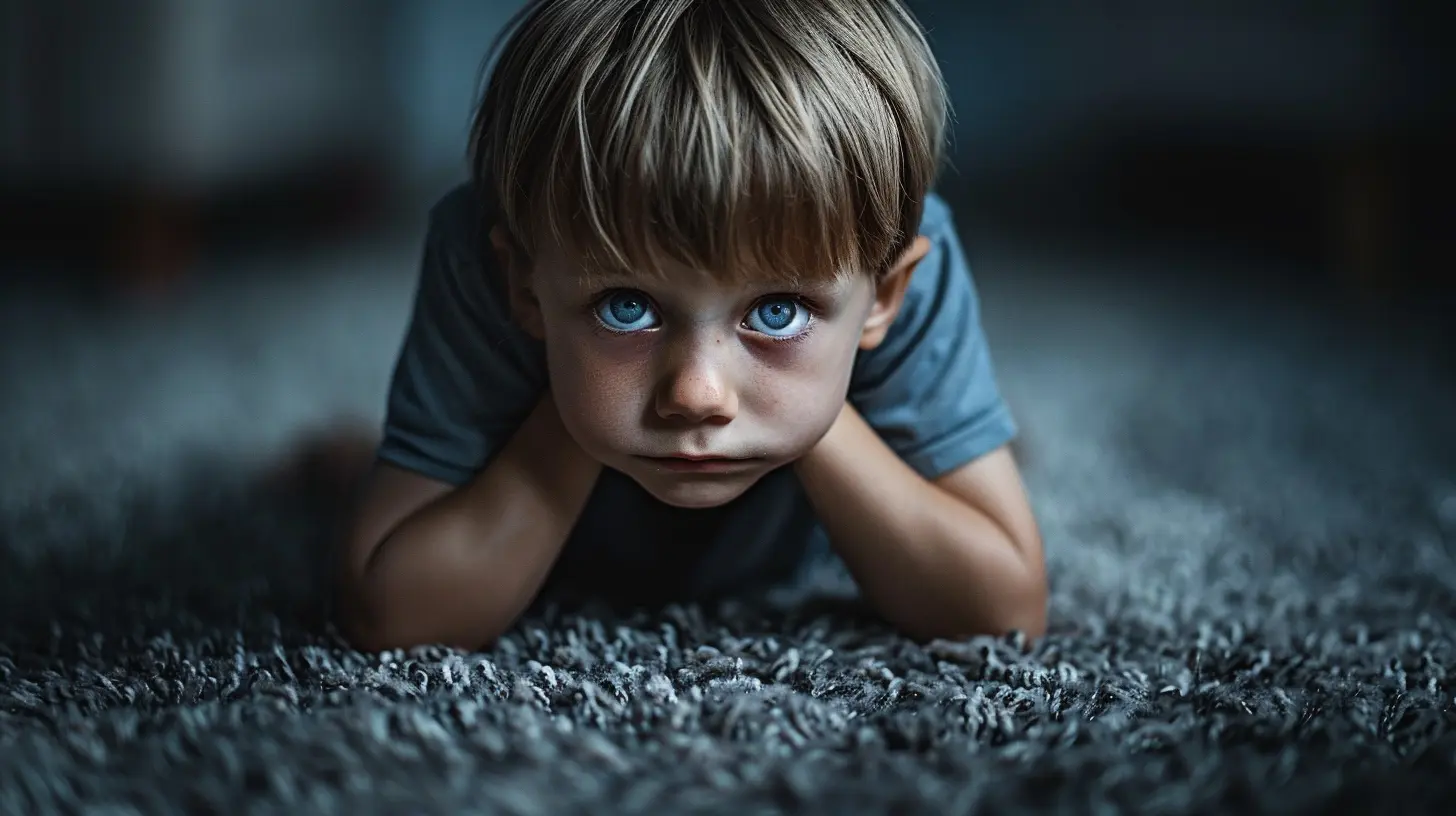
Why Do Kids Develop Phobias?
Phobias don’t just pop up out of nowhere. There are usually a few key reasons why a child might develop one.1. Evolutionary Instincts
Some fears are hardwired into our brains. Our ancestors needed to avoid dangerous animals, heights, and the unknown to survive. So, when a child freaks out over a spider or refuses to go near the dark, it could be their ancient survival instincts kicking in.2. Traumatic Experiences
Ever been chased by a dog as a kid? Stuck in an elevator? Lost in a crowd? A single scary experience can leave a lasting impression, triggering a lifelong fear. If a child associates an object or situation with a terrifying event, their brain might classify it as "dangerous" forever.3. Learned Behavior
Kids are like little sponges—they absorb the emotions of those around them. If they see a parent or sibling freaking out over something, they might start believing it’s something to be afraid of, too.4. Genetics and Anxiety Disorders
Anxiety tends to run in families. If a child has a parent with an anxiety disorder, they might be more prone to developing phobias. Some kids are just naturally more anxious, making them more likely to develop intense fears.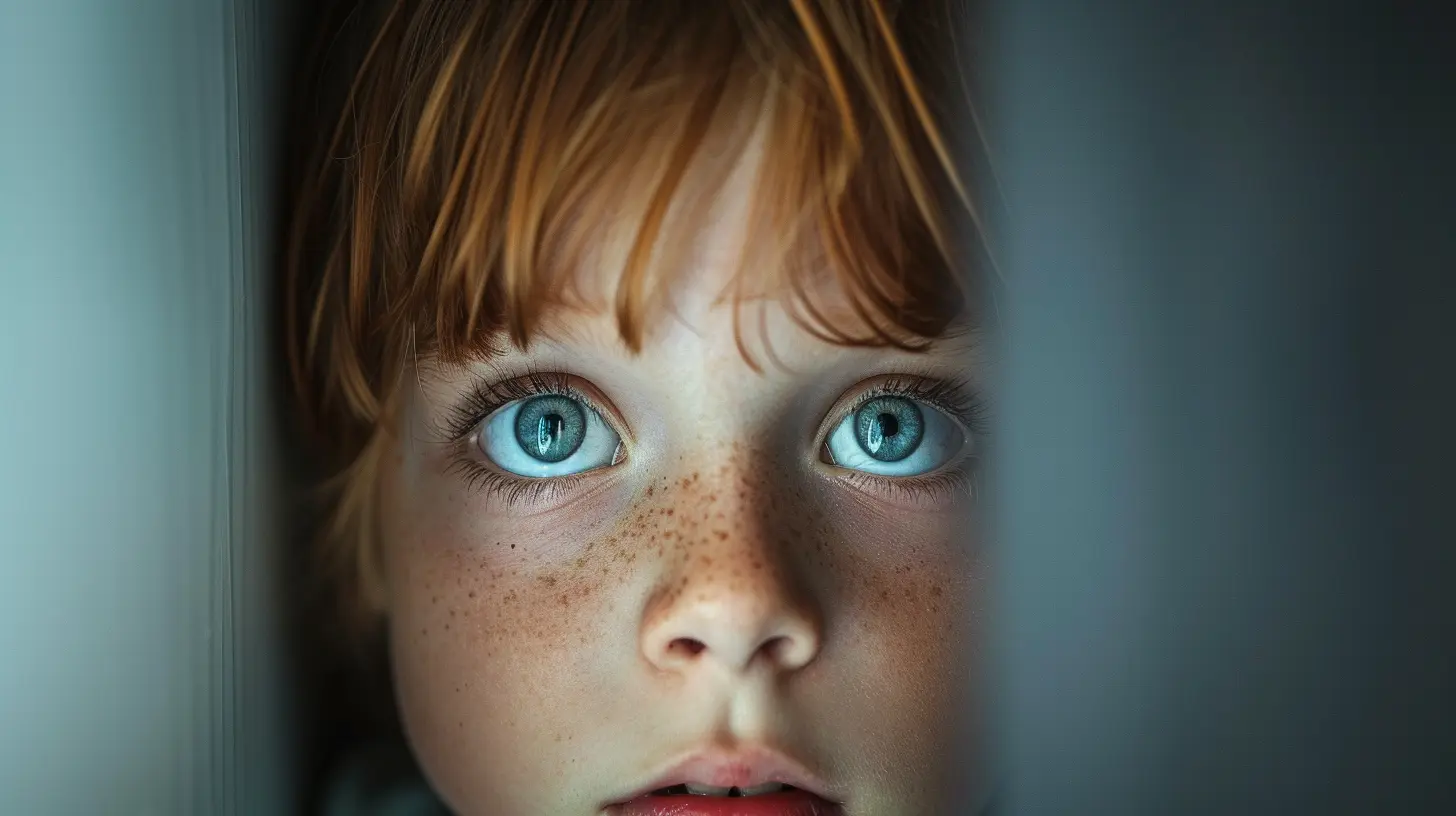
Signs That Fear Has Turned Into a Phobia
How do you know if a child’s fear is just a phase or something more concerning? Here are some red flags that indicate a fear has turned into a phobia:- Extreme Reactions – If the fear leads to screaming, crying, or full-on panic attacks, it’s not just a casual worry.
- Avoidance at All Costs – If a child refuses to participate in activities or go places because of their fear, it’s affecting their daily life.
- Physical Symptoms – Sweating, shaking, nausea, and dizziness are common physical signs of phobias.
- Persistent Fear – If the fear sticks around for months (or even years) and doesn’t seem to fade, it’s likely a phobia rather than a temporary phase.
How to Help a Child Overcome a Phobia
If your child has a phobia, don’t worry—there are ways to help them face their fears without making them feel overwhelmed.1. Validate Their Feelings
Telling a scared child, “Oh, that’s nothing to be afraid of!”, won’t help. Instead, acknowledge their feelings: “I understand that thunderstorms make you feel scared. That’s okay.” This lets them know their emotions are valid and that they’re not being silly.2. Gradual Exposure
Throwing a kid into their worst fear all at once? Bad idea. Instead, introduce them to their fear little by little. If they’re afraid of dogs, start with pictures of dogs, then videos, then a visit to a calm, friendly pup from a safe distance.3. Teach Relaxation Techniques
Deep breathing, visualization, and mindfulness exercises can help kids manage their anxiety when faced with their fears. An easy one? “Smell the flower, blow out the candle”—inhale deeply through the nose and exhale slowly through the mouth.4. Use Positive Reinforcement
Praise and reward small steps. Did they stay calm during a thunderstorm? Give them a high-five! Did they stand near a dog without panicking? Maybe they earn an extra bedtime story. Encouragement goes a long way.5. Seek Professional Help If Needed
If a phobia is severely impacting a child’s life, a therapist can help. Cognitive-behavioral therapy (CBT) is often used to help kids reframe their fears and develop coping strategies.Final Thoughts
Childhood phobias can be tough to deal with, but they aren't impossible to overcome. With patience, support, and a little bravery, kids can learn to manage their fears and live without being controlled by them. If you notice your child struggling with an intense and persistent fear, take it seriously—compassion and guidance can make all the difference.all images in this post were generated using AI tools
Category:
Psychological Disorders In ChildAuthor:

Eliana Burton
Discussion
rate this article
3 comments
Maura McCullough
Childhood phobias aren't just fears; they can cripple a child's potential. It’s vital to recognize the difference between normal anxiety and a disorder. Addressing these fears openly is essential for healthy development.
May 28, 2025 at 3:22 PM

Eliana Burton
Thank you for highlighting the importance of distinguishing between normal anxiety and phobias. Addressing these issues early is crucial for fostering healthy development in children.
Deborah Reilly
Embrace courage; overcoming fear leads to growth!
May 26, 2025 at 4:22 AM

Eliana Burton
Absolutely! Embracing courage is key to overcoming childhood phobias and fostering growth.
Alexa Flores
This is such an important topic! Childhood phobias can really shape a child's experiences and development. It's vital for parents and caregivers to recognize these fears and approach them with understanding and support. Thank you for shedding light on how we can help kids navigate their fears!
May 25, 2025 at 4:17 AM

Eliana Burton
Thank you for your insightful comment! Recognizing and supporting children through their phobias is indeed crucial for their healthy development.

